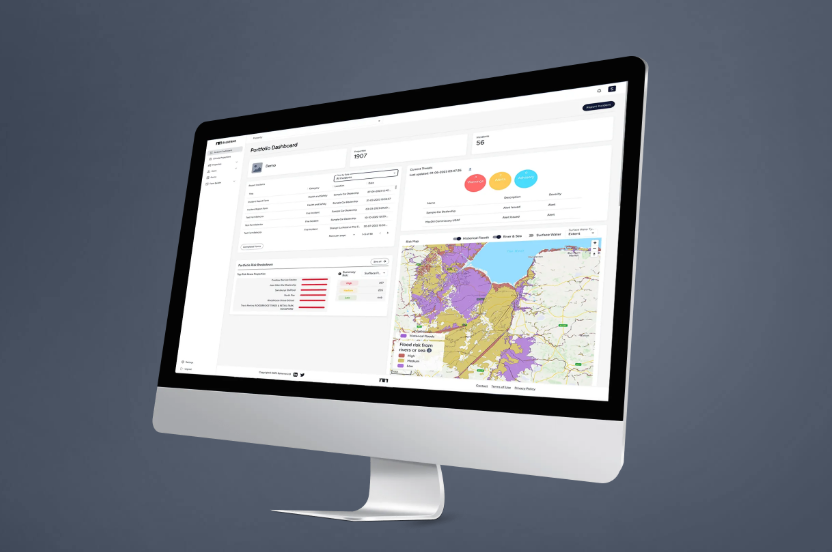
Using climate modelling for resilience planning
As the planet continues to heat up, catastrophic events including wildfires, storms and floods will become more frequent and severe – and so will the costs for recovery.
SmartResilience is a start-up innovator in climate adaptation that…

Machine Learning for Energy Consumption Forecasting
Energy Saving Bear Limited (ESB) is a company that provides energy monitoring services to buildings: they install sensors, collect energy consumption data and display information in dashboard reports to inform…

Sustainable transport - reducing Scope 3 travel-to-work emissions
CalCommuter, an online web application developed by David Smith Consulting Limited (DSC), aims to assist organisations in understanding and acting on Scope 3 travel-to-work emissions. The application creates personalised…

Weather and climate-conditioned market insights and analytics
UK and European energy systems are rapidly becoming weather-based as development of renewables increases. Current market modelling approaches do not expose the full implications of weather variability, nor do they look at how these patterns may evolve with climate change. This…

Strategic planning for an energy trading company
South Africa’s ongoing energy crisis is driving rapid and meaningful regulatory change which in turn is stimulating development of renewables, particularly for the Commercial and Industrial (C&I) sector. But wind and solar resources are distributed by…

Optimising long-duration storage technology
The energy modelling team worked with a South African energy venture developing a new technology for reliable and cost-effective long-duration storage of energy from intermittent solar and wind.
The proposed solution is a gravity storage system that uses power from…
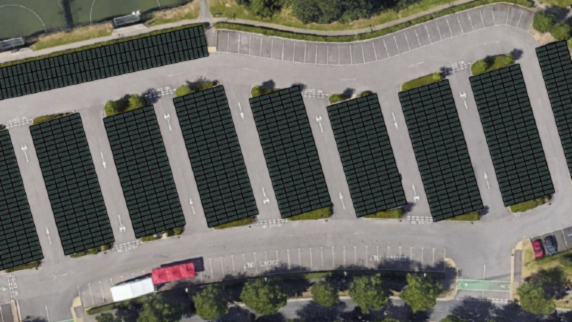
Campus energy decarbonisation
There is a desire to decarbonise current and future energy needs with ambitious targets being set for developing capacity to produce and consume clean energy.
In this project we worked with a large R&D organisation to help them strategically plan their energy…
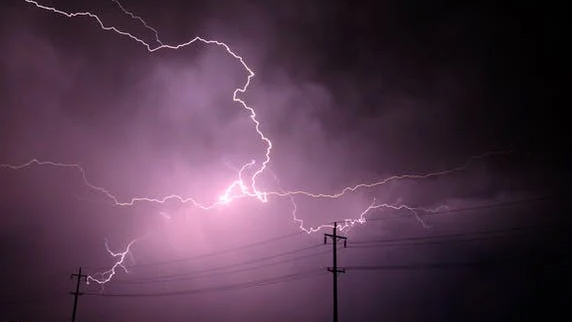
Monitoring weather and climate risks to electricity networks
Extreme weather events are causing greater uncertainty to infrastructure owners and operators. Physical damage to assets as well as disruption to services and field operations lead to higher O&M costs and potential penalties for regulated utilities. On top of this, climate…
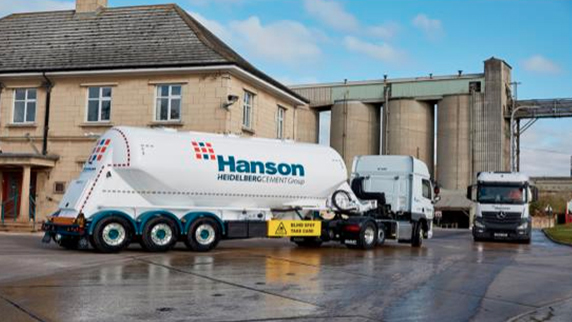
Reducing energy costs in cement manufacture
This project was undertaken for Hanson UK to examine the potential for dynamic load shifting in order to minimise electricity costs and/or CO2 emissions. The overall objective was to identify when energy-intensive processes (such as cement milling) could be shifted to off-peak…
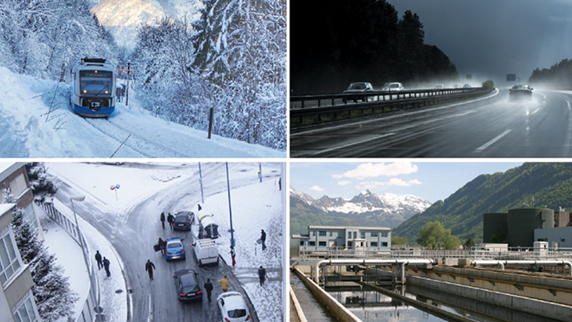
Analysing climate impacts on infrastructure
A drive towards sustainable and future-proofing infrastructure means that climate change is beginning to be embedded into the standards that drive the design and maintenance of industries such as transport, buildings and power distribution networks. Alongside this drive for…

Modelling methane gas emissions using machine learning
The re-development of former landfill sites requires a careful risk assessment of the ground gases that are released to ensure they do not form a hazard to later occupants. Our client deploys sensors that monitor emissions of landfill gases including methane, carbon monoxide,…

Forecasting fog using data analytics
Fog poses a life-threatening challenge to the travelling public. To help address this problem, we investigated the feasibility of developing fog prediction software to provide early warning alerts to Highway’s England to help improve road safety and save the capital…
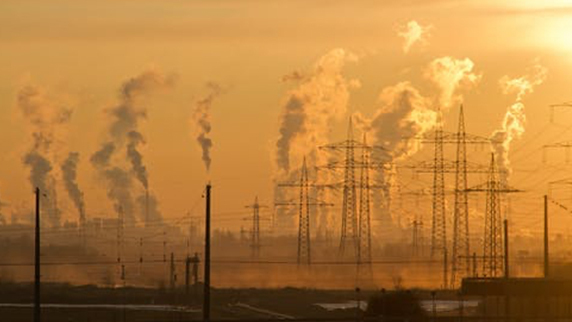
Improving environmental impact assessments using knowledge graphs
Environmental, Social and Health Impact Assessments (ESHIAs) are required by investors and regulatory authorities for large scale engineering and infrastructure projects. The early identification of the impact of such projects on habitats and species can avoid significant…

Predictive Maintenance for Wind Turbines
In this project, our analysts worked with a wind farm operator to investigate the likely reasons for observed operational reductions in turbine availability and production output during operational wind windows (wind speeds between 3m/s and 25m/s) and to explore the potential…
How can we support you?